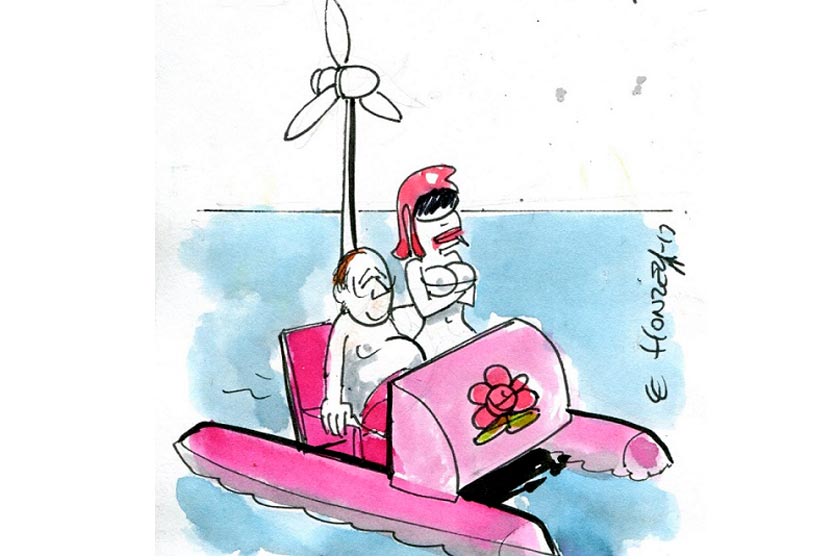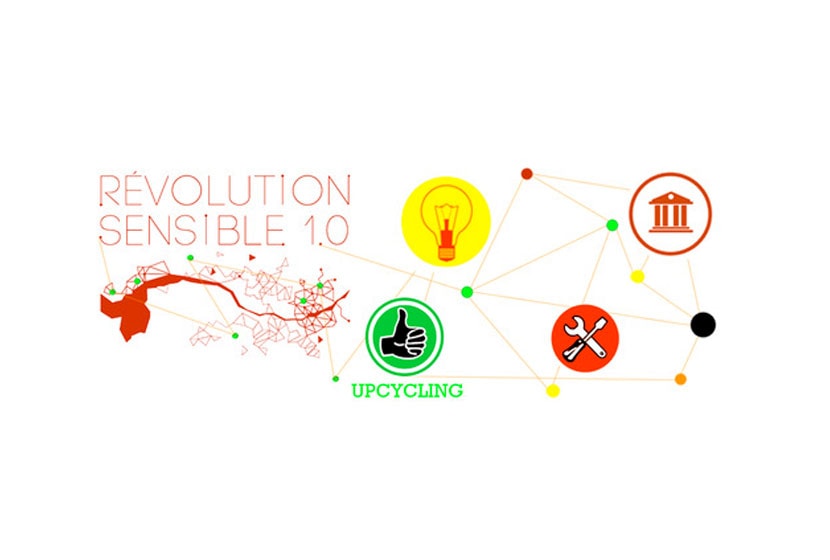Energy transition: objectives on the right track, but a road still to be written!
On June 18, almost a year after the end of the national debate on the subject, the government finally presented its draft bill on the energy transition. For négaWattWhile the ambitious long-term objectives introduced are welcome, the means proposed lack the strength and coherence to put France on the right trajectory.
The first thing we expect from an energy transition law is that it clearly sets a course for controlling energy consumption and redirecting production. By setting a target of 50 % in final energy savings by 2050, by taking up the presidential commitment to reduce the share of nuclear power to 50 % by 2025, and by introducing intermediate targets for 2030 on the reduction of fossil fuels and the development of renewable energies - even if the figures used are open to debate - the bill sets the right direction.
Our analysis of the many scenarios examined during the national debate on the energy transition has clearly shown that only trajectories that meet these objectives will enable us both to meet our climate commitments (a 4-fold reduction in greenhouse gas emissions by 2050) and to reap the greatest benefits from the transformation of our energy system, particularly in terms of lower energy bills and job creation.
The négaWatt scenario (1)and others, such as that of ADEME, show how this trajectory of energy intelligence can be implemented. But it is a roadmap of this kind that is lacking in the current text: what is needed, on the one hand, is a clarification of the pace and priorities of the transformations to be made, and on the other, a set of coherent measures to drive and finance their implementation.
On the first point, the bill essentially relies on the future "multi-annual energy programming" mechanism, which will have to be drawn up and validated in a pluralist manner if we are to move away from short-term thinking and truly embark on the energy transition. On the other hand, the bill appears to be an unfinished patchwork of interesting measures (mandatory thermal renovation, right of initiative for local authorities, etc.) and others that are insufficient or even dangerous (questioning feed-in tariffs for solar and wind power, surprising lack of strong support for public transport, etc.). Parliamentary debate will not be enough to give coherence to the "new energy model" invoked by the Minister.
The Association négaWatt will play its full part in this debate, in an attempt to ensure that the content of the law is in line with its stated ambition. We will shortly be proposing a deciphering of the bill's provisions, which will provide the national representatives with duly argued amendments.
(1) négaWatt scenario 2011-2050 :
– Summary - 28 pages
– Technical report - 207 pages
(Source: Association négaWatt - June 2014)












